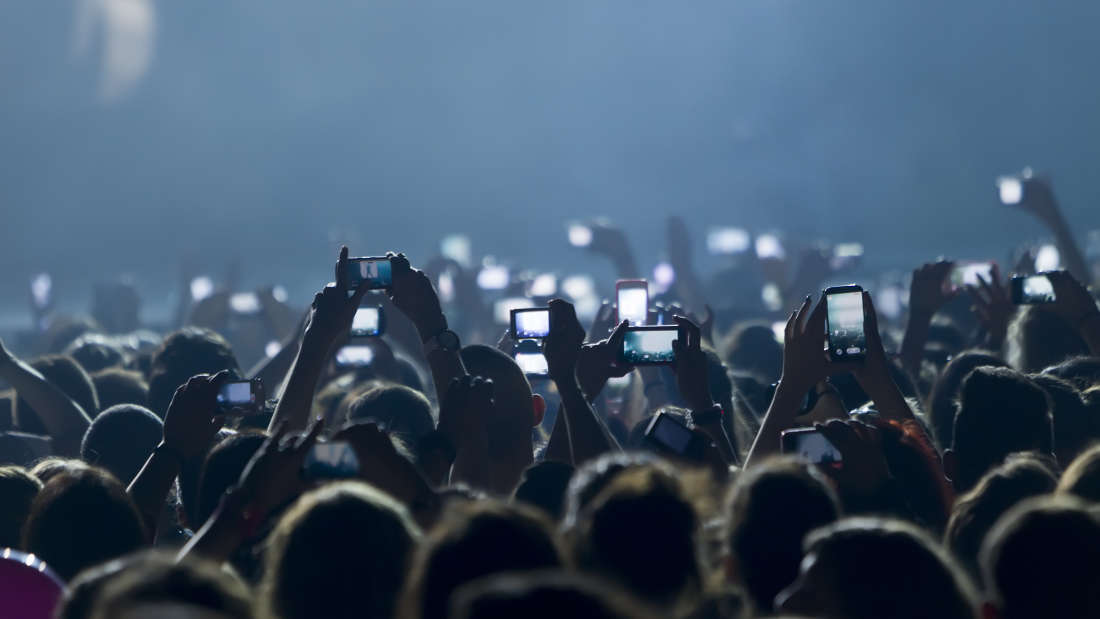智能手机成瘾与大脑结构变化有关
智能手机成瘾与大脑结构变化有关
If you spend your days chasing "likes" with your head buried in your smartphone, your brain structure might be subtly different from those who keep their tech use to a minimum.
如果你整天埋头于智能手机,追逐“赞”,那么你的大脑结构可能与那些尽量少使用科技产品的人略有不同。
Researchers from Heidelberg University in Germany have found that “smartphone addiction” is linked to lower amounts of gray matter in certain parts of the brain, including the insula and temporal cortex. People with dysfunctional smartphone use also showed reduced activity in the anterior cingulate cortex, a region implicated in a broad range of behaviors and cognitive processes.
德国海德堡大学(Heidelberg University)的研究人员发现,“智能手机成瘾”与大脑某些部位(包括脑岛和颞叶皮层)灰质含量较低有关。使用智能手机功能障碍的人前扣带皮层的活动也减少了,这一区域涉及了广泛的行为和认知过程。
The insula is a small region found deep within the brain that’s associated with self-awareness, interoception, pain processing, and addiction, while the temporal cortex is associated with auditory language and speech comprehension.
脑岛是在大脑深处发现的一个小区域,与自我意识、感觉、疼痛处理和成瘾有关,而颞叶皮层与听觉语言和语言理解有关。
“Given their widespread use and increasing popularity, the present study questions the harmlessness of smartphones, at least in individuals that may be at increased risk for developing smartphone-related addictive behaviors,” write the researchers in the journal Addictive Behaviors.
研究人员在《上瘾行为》杂志上写道:“鉴于智能手机的广泛使用和日益普及,目前的研究对智能手机的无害性提出了质疑,至少对那些可能存在与智能手机相关的上瘾行为风险增加的人来说是这样。”

Tom Hale
For this study, the team carried out MRI brain scans on 22 people with “smartphone addiction” and 26 people without the condition. All participants were assessed using the Smartphone Addiction Scale developed in 2015. They were also all right-handed, between the ages of 18 and 30, and had no history of neurological diseases, severe medical conditions, or current mental disorders. The brain scans specifically looked to detect differences in gray matter volume in those with “smartphone addiction” and those without.
在这项研究中,研究小组对22名“智能手机成瘾者”和26名非智能手机成瘾者进行了核磁共振脑部扫描。所有参与者都使用2015年开发的智能手机成瘾量表进行评估。他们也都是右撇子,年龄在18到30岁之间,没有神经系统疾病的历史,没有严重的医疗条件,或目前的精神障碍。这些脑部扫描专门用来检测“智能手机成瘾”者和非“智能手机成瘾”者大脑灰质体积的差异。
However, it’s unclear whether this is a matter of cause or correlation. For example, it’s either possible the changes in the brain arose because of the participants' smartphone use or the different gray matter volumes made them more predisposed to heavy smartphone use. The study authors also note that they "cannot fully rule out the possibility of other mental health conditions that may have an impact" on their findings.
然而,这究竟是因果关系还是相互关系还不清楚。例如,大脑的变化可能是由于参与者使用智能手机引起的,或者是不同的灰质体积使他们更倾向于大量使用智能手机。该研究的作者还指出,他们“不能完全排除其他可能对他们的研究结果产生影响的心理健康状况的可能性”。
“Smartphone addiction” is a controversial label with some researchers and clinicians preferring the terms problematic smartphone use or smartphone overuse. After all, it’s fair to say that many people in the 21st century use their smartphones for much of their work, play, and everyday life. The average person in the US spends around 5.4 hours a day on their phone, while millennials in the US spend up to 5.7 hours, according to one analysis by a smartphone provider. However, it’s tricky to pinpoint when this use becomes problematic.
“智能手机成瘾”是一个有争议的标签,一些研究人员和临床医生更倾向于使用有问题的智能手机或过度使用智能手机。毕竟,公平地说,21世纪的许多人在工作、娱乐和日常生活中都使用智能手机。一家智能手机供应商的分析显示,美国人平均每天花在手机上的时间约为5.4个小时,而美国千禧一代每天花在手机上的时间最多为5.7个小时。然而,很难确定这种用法何时会出现问题。
Either way, an increasing mound of evidence is showing that smartphones and social media are undoubtedly having an effect on our behavior and our brains.
不管怎样,越来越多的证据表明,智能手机和社交媒体无疑正在对我们的行为和大脑产生影响。


















